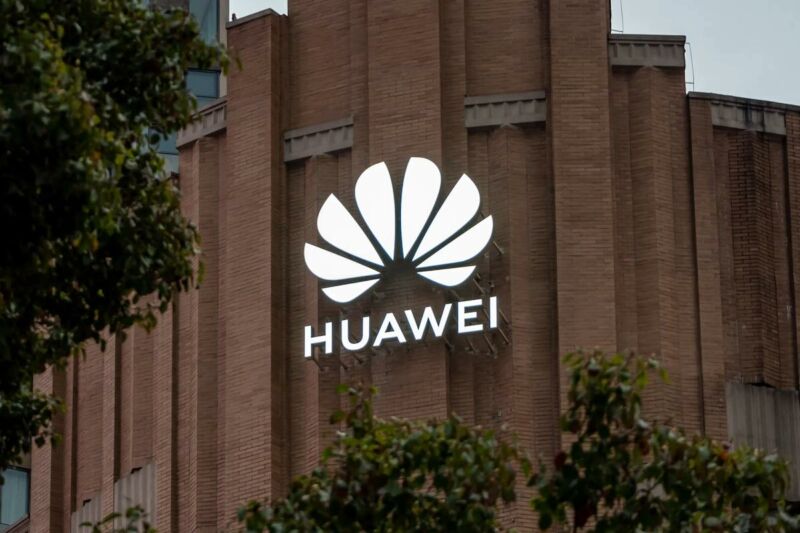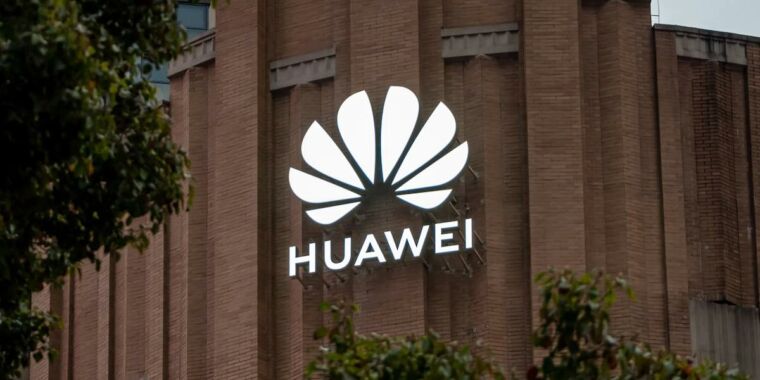
Barcroft Media | Getty Images
China’s attempts to match America’s artificial intelligence power are being hampered by buggy software. Customers of leading AI chipmaker Huawei have complained of performance issues and the difficulty of migrating from Nvidia products.
The Chinese tech giant has emerged as a frontrunner in the race to develop a domestic alternative to market leader Nvidia after Washington further tightened export controls on high-end silicon products in October last year.
The Ascend series has become an increasingly popular option for Chinese AI groups to perform inference, a process that applications such as OpenAI's ChatGPT use to generate answers to questions.
But multiple industry insiders, including an AI engineer at a partner company, said the chips still lagged far behind Nvidia’s for initial model training, blaming stability issues, slower inter-chip connectivity and inferior software developed by Huawei, called Cann.
Nvidia’s Cuda software platform is known as the company’s “secret sauce” because it’s easy for developers to use and can dramatically speed up data processing. Huawei is one of several companies trying to break Nvidia’s stranglehold on AI chips by creating alternative software.
Huawei's own employees are among those complaining about Cann. One researcher, who asked not to be named, said it made the Ascend product “difficult and unstable to use” and hampered testing.
“When random errors occur, it is very difficult to find out where it comes from because of poor documentation. You need talented developers to read the source code to see what the problem is, which slows everything down. The coding is imperfect,” they said.
Another Chinese engineer who was aware of Baidu's use of Huawei processors said the chips crashed frequently, hampering AI development.
The Huawei researcher said crashes happened because it was difficult to use the hardware. “It's easy to get bad results because people don't know much about the hardware itself,” they said.
To address the issue, Huawei has sent engineers to help customers on the ground port training code previously written in Cuda to Cann, according to multiple people familiar with the matter. Baidu, iFlytek and Tencent are among the technology companies that have received teams of engineers, the people said.
Huawei declined to comment. Baidu, iFlytek and Tencent did not respond to requests for comment.
A former Baidu employee said: “Huawei excels in customer service, so of course they have engineers on the ground at their major customers, helping them use their chips.”
Huawei can deploy a massive workforce to accelerate the shift. According to the company, more than 50 percent of its 207,000 employees work in research and development, including engineers sent to install technology for customers.
“Huawei's advantage over Nvidia is that it can work closely with its customers,” said Tilly Zhang, a technology analyst at consultancy Gavekal. “Unlike Nvidia, it has a large team of engineers to solve customers' problems and transition them to their hardware.”
Huawei has also set up an online portal where developers can provide feedback on how the software can be improved.
After the US tightened export controls in October, Huawei raised the price of the Ascend 910B, the chip used for training, by 20 to 30 percent, people familiar with the matter said.
Huawei customers have also expressed concern about supply issues for the Ascend chip. These issues are likely due to production problems, as Chinese companies cannot buy state-of-the-art chip manufacturing equipment from Dutch company ASML.
Huawei has seen strong demand for its AI chips. The company reported a 34 percent increase in first-half revenue on Thursday, without providing a breakdown of sales for its various businesses.
More than 50 fundamental models have been “trained and iterated” on the Ascend chip, Huawei CEO Zhang Ping'an said in July at the World Artificial Intelligence Conference in Shanghai.
iFlytek has said its large language model was trained exclusively on Huawei chips, after Huawei sent a group of engineers to its headquarters in Hefei, eastern China, last year to integrate the technology.
© 2024 The Financial Times Ltd. All rights reserved. May not be redistributed, copied or modified in any way.

